Mammary Duct Ectasia
The ducts behind the nipple become dilated. This is a normal breast change. Sometimes fluid collects in the ducts and they get blocked leading to a discharge, inflammation or an infection.
Mammilary fistula
A tract between the nipple and the skin at the edge of the areolar, usually the result of infection with an abscess.
Mammogram
A breast x-ray, generally only suitable for women aged 35 or over, performed by a radiographer and viewed by a consultant radiologist.
Mastalgia
The medical term for breast pain.
Mastectomy
Removal of an entire breast or segment of a breast (segmental mastectomy).
Mastitis
Mastitis is an inflammation of the breast. There are two types of mastitis, acute or chronic. Though both cause inflammation, pain and tenderness in the breast they are different in cause.
Medical Oncologist
A consultant who specialises in chemotherapy, radiotherapy and hormonal treatments for cancer.
Metastases
Where the breast cancer cells have spread to other parts of the body.
Microcalcification
Tiny ‘salty’ grains of calcium which show up on a mammogram. This is normally an age-related change, but it can be a sign of cancer or DCIS.
Mondors Condition
This is a rare benign condition which involves a blood clot of the superficial veins of the breast and anterior chest wall.
Monoclonal antibodies
A type of breast cancer drug used to treat people who are HER2 positive, about 20% – 25% of cases. The most commonly known is Herceptin.
Montgomerys tubercles
Sebaceous glands, not associated with hair follicles, that are found in the skin of the areola and open into the ducts just beneath the nipple. They form visible swellings on the areola and can become inflamed.
MRI (Magnetic Resonance Image)
A harmless but noisy multi-dimensional imaging scan using a very high strength magnetic field which creates detailed images of the body. An injection of dye is sometimes used.
Nipple areola complex (NAC)
The central area of the breast comprising of the areola and the nipple.
Non Skin Sparing Mastectomy (NSSM)
An operation which removes sufficient skin at time of mastectomy to leave a flat scar on the chest.
Oestrogen
Progesterone is one of two main hormones, the other being oestrogen, made by the ovaries of menstruating women.
Oncology
The medical speciality dealing with the diagnosis and treatment of cancer.
Oncoplastic Surgeon
A Consultant Breast Surgeon who performs both the total mastectomy and the breast reconstruction.
Palpation
The technique used in examining a breast, to assess the type, size and location of a lump.
Papilloma
A benign tumour of epithelial cells.
Pagets disease
A type of precancerous lesion that looks like eczema or dermatitis. This affects the nipple and the areola and is sometimes associated with DCIS or an invasive cancer.





